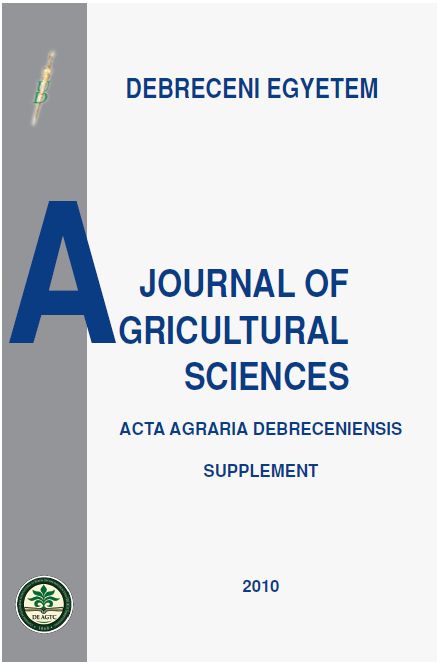The effect of crop rotation and fertilization on wheat and maize in the pedoclimatic conditions of the Banat Plain
Authors
View
Keywords
License

This work is licensed under a Creative Commons Attribution 4.0 International License.
How To Cite
Abstract
The simplification of the plant cultures range and the yields in the last 10-15 years brings into the actuality the role of crop rotation and
of fertilization on the yield level and stability for wheat and maize even on the soils with a high natural fertility. The results of the researches
performed between the years 2006 – 2009 on a cambic low gleyed chernozem from the Banat Plain showed that the wheat cultivated in
monoculture gives productions with 59-81% lower than that cultivated in crop rotation with other plants during 2-4 years. In maize, the yield
obtained in monoculture is situated behind that obtained in crop rotation with 11-21%. The most favorable crop rotations for wheat were
rape-wheat in a 4 years rotation and soybean-wheat in simple rotation of 2 years. In maize, the most favorable was the 2 years rotation
(wheat-maize). The mineral fertilization was very efficient both in wheat (11-36%) and maize (9-31%). The organic fertilization with manure
was very efficient for maize, the yields being superior with a mean value by 34% for a 60 t/ha dose and with 16% for 30t/ha. The fertilization
compensates the negative effect expressed by the monocultivation only in a small measure

 https://doi.org/10.34101/ACTAAGRAR/I/8366
https://doi.org/10.34101/ACTAAGRAR/I/8366